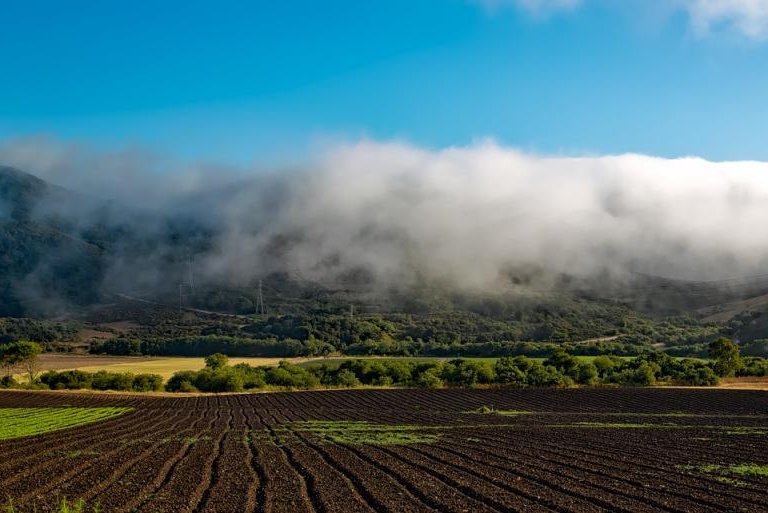Too much corporate power is driving fiscal inequality, Fed says
SOCIALIST REVOLUTIONARIES
AT THE AMERICAN FEDERAL RESERVE
Aug. 19 (UPI) -- The U.S. central bank has found in a recent study that the rising monopolistic market power of dominant American companies is leading to an array of economic ills, such as income and wealth inequality.
In a 41-page report titled "Market Power, Inequality, and Financial Instability," the Federal Reserve said concentration of market power by the largest U.S. companies directly correlates to six "undesirable" economic trends that have endured for four decades.
Federal Reserve Board economists Isabel Cairo and Jae Sim said in the analysis those trends include things like stagnating wage growth, a "dramatic increase" in corporate profits, rising disparities in income and wealth, rising household debt and greater risk of large-scale financial instability.
"The fact that the six secular trends have realized over a time period in which the investment-to-output ratio has steadily declined suggests that the rise of market power of the firms may have been the driving force of the six secular trends," they wrote.
The study says the inequality trend has risen as owners of assets like stocks and property have largely benefited from the concentration of monopolistic power.
To keep up, some workers who have seen smaller economic benefit are borrowing more money than they once did, thus making the entire financial system more fragile and vulnerable to large-scale shocks similar to the financial crisis a decade ago, the authors said.
To address the imbalances, Cairo and Sim recommend new government policies that redistribute wealth to poorer Americans through higher taxes and more social safety net spending, which they say would be "non-distortionary" for markets.
Both U.S. political parties have shown concerns over the issue of market concentration, particularly in technology.
President Donald Trump has sought increased scrutiny for "big tech" firms and the Justice Department started an investigation last year into various tech platforms amid criticism that they had become too large and too powerful.
Democratic presidential nominee Joe Biden has been critical of Facebook and argued that the government should consider breaking up large tech firms, although he acknowledged it was "premature" to make any definitive judgment.













